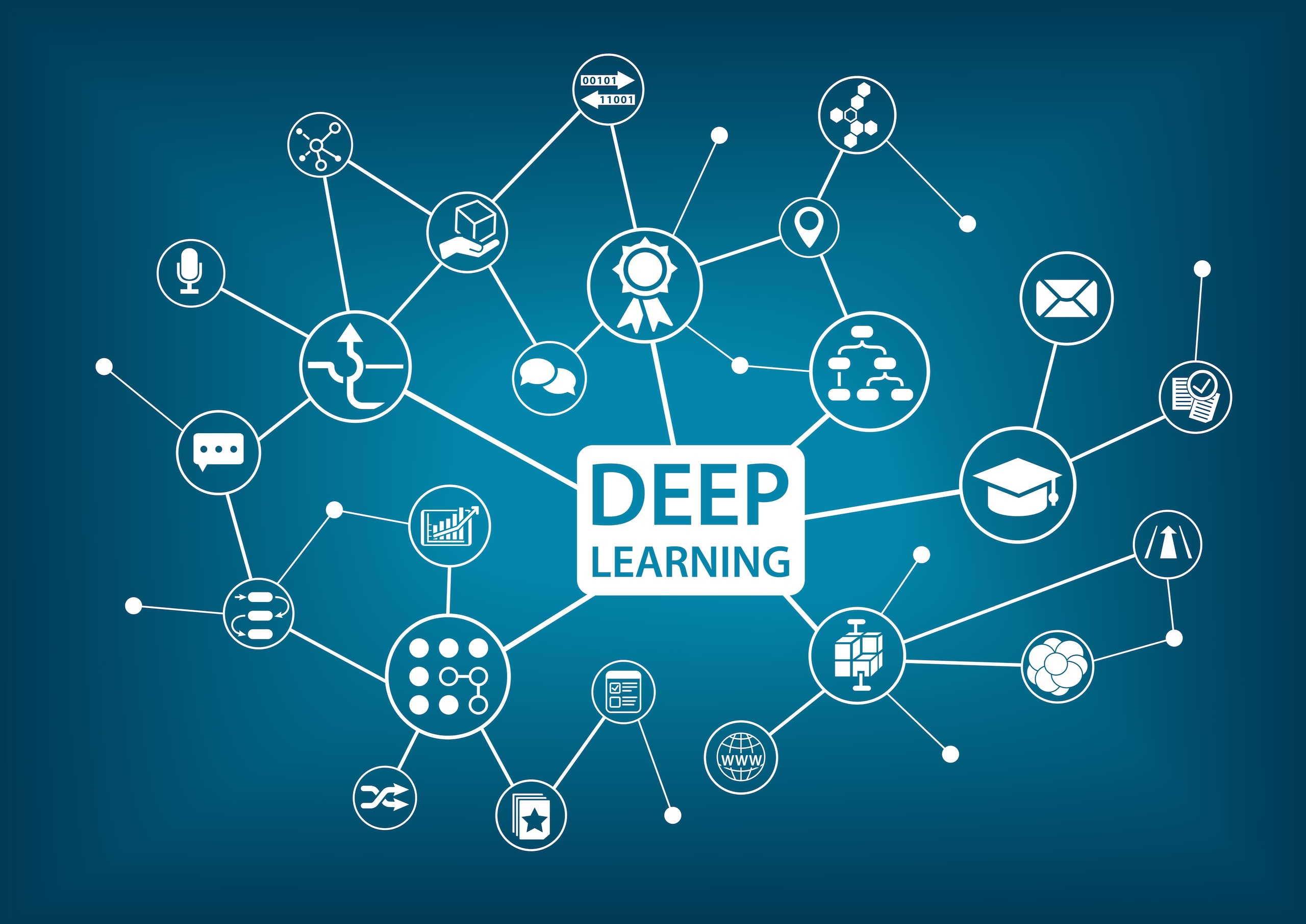
A New Contender Arises: DeepSeek-R1 Challenges OpenAI’s Dominance
Introduction
In the rapidly evolving landscape of artificial intelligence, competition is fierce, and breakthroughs are frequent. One of the latest advancements comes from the Chinese AI firm DeepSeek, which has just launched its reasoning model, DeepSeek-R1. This open-source model is making waves by claiming to match or even surpass OpenAI’s leading reasoning model, o1, on a variety of benchmarks. Available under an MIT license, this model can be used commercially without restrictions, signaling a significant moment in the AI development world.
Benchmark Performance: A Robust Newcomer
DeepSeek-R1 has been rigorously tested across various benchmarks, excelling particularly in AIME, MATH-500, and SWE-bench Verified assessments. Each of these benchmarks evaluates different aspects of problem-solving capabilities. For instance, the AIME benchmark assesses a model’s comprehensive performance by integrating results from multiple other models, while MATH-500 deals directly with word problems—a complex task that many AI models struggle with. SWE-bench Verified focuses on programming tasks, showcasing R1’s reliability in software development contexts. This multi-faceted approach to benchmarking highlights DeepSeek-R1’s unique capability to self-validate its outputs, reducing the likelihood of errors that are common in many existing models.
 Synthetic representation of AI reasoning capabilities.
Synthetic representation of AI reasoning capabilities.
Reliability in Complexity
One of the defining features of reasoning models like R1 is their reliability, especially in intricate domains such as physics, science, and mathematics. While these models may require additional processing time to arrive at solutions compared to simpler, non-reasoning alternatives, they deliver more dependable results. According to a technical report from DeepSeek, the R1 model boasts an impressive 671 billion parameters. In the AI development community, the number of parameters is often seen as a leading indicator of a model’s problem-solving capabilities: the greater the number, the more sophisticated the model.
Accessibility: A Range of Options
In a move that further democratizes access to advanced AI technology, DeepSeek offers ‘distilled’ versions of the R1 model. These variants contain between 1.5 billion and 70 billion parameters, allowing users to select a model that best fits their hardware and application needs. The smallest model can effectively run on standard laptops, thereby enabling a wider audience—from hobbyists to enterprises—to leverage sophisticated AI technology without breaking the bank. Moreover, DeepSeek’s API provides access to the full R1 model at prices that are competitive with, and often lower than, those of OpenAI’s o1.
Navigating Constraints and Regulations
Despite its promising features and performance, DeepSeek-R1 is not without its limitations. As a product developed under the regulatory frameworks of China, compliance with local content guidelines is essential. This includes adherence to the so-called “core socialist values,” which dictates that R1 avoids sensitive topics—such as the Tiananmen Square incident or Taiwan’s independence—that may lead to controversy. This regulatory landscape is not unique to DeepSeek; it reflects the broader constraints faced by many AI technologies within China’s jurisdiction. Such limitations are vital to understand, especially for organizations seeking to implement R1 for global applications, as they impact the scope of discussions that the AI can accommodate.
 Representation of advanced algorithms powering AI models.
Representation of advanced algorithms powering AI models.
Implications for the AI Landscape
The release of DeepSeek-R1 not only diversifies the landscape of reasoning models but also intensifies competition among AI firms. With its impressive benchmarks and commitment to accessibility, DeepSeek has positioned itself as a worthy contender in a field long dominated by Western companies like OpenAI. As more developers flock to platforms like Hugging Face to explore R1, the ramifications of this competition will resonate. Lower costs and the availability of models tailored to different user needs could shift the balance in favor of open, community-driven AI development.
Conclusion
DeepSeek-R1 emerges as a powerful new player in the artificial intelligence arena. With its competitive edge in reasoning capabilities and commitment to accessibility, it poses a significant challenge to existing models like OpenAI’s o1. However, as with any groundbreaking technology, potential users should remain aware of the constraints that come with regulatory compliance. The future of AI is being rewritten, and DeepSeek is poised to play a pivotal role in that narrative.
 Visualize the evolution of AI.
Visualize the evolution of AI.















